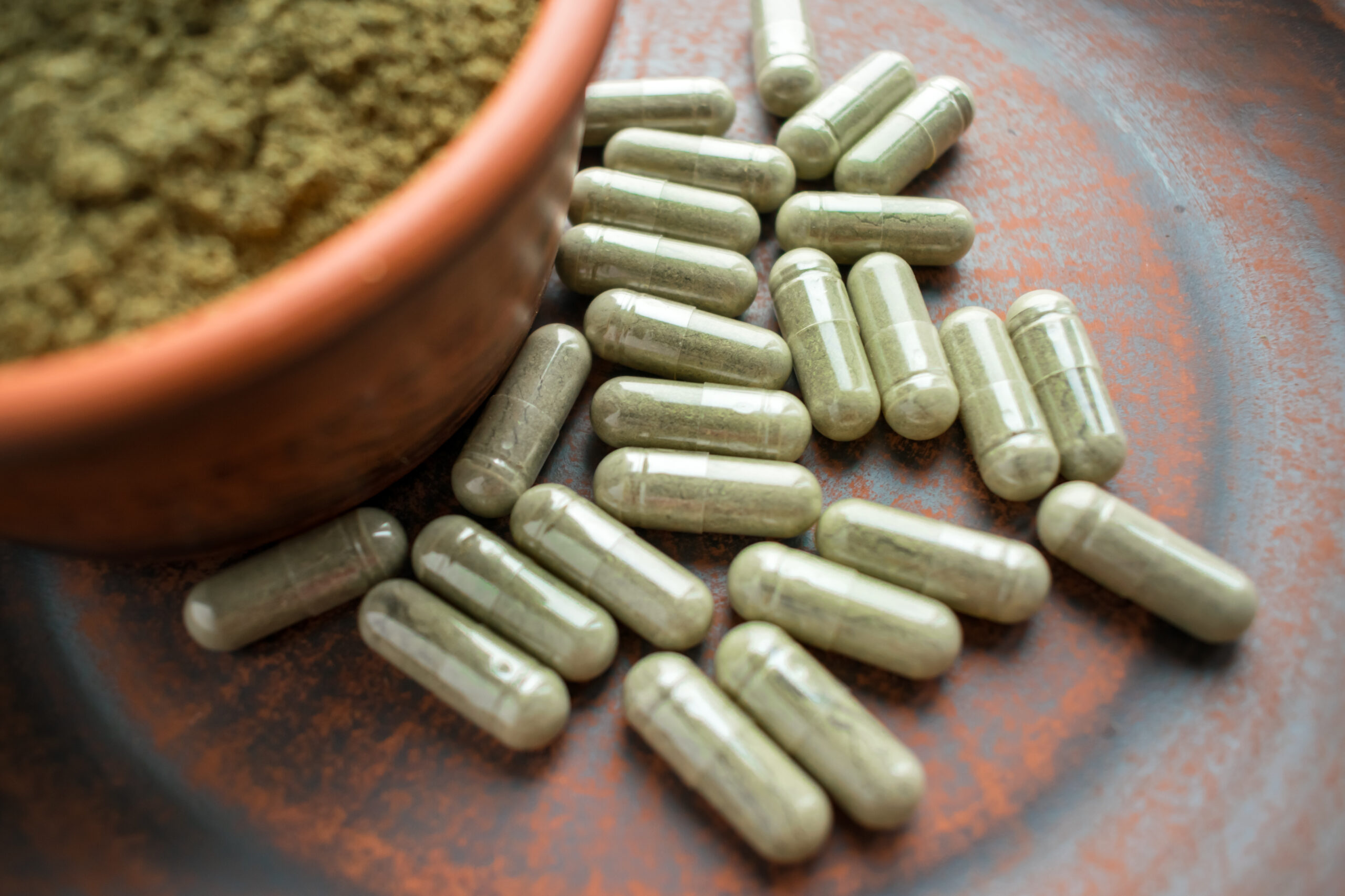
When compared, 7-HMG is approximately 40 times more potent than MG and nearly 10 times as potent as conventional morphine.4 These two compounds are found in nearly all kratom products, but because of the lack of strict regulations, the quantity of each can vary in the products sold over the counter. Although the quantity of MG is usually close to 10 times higher in most products, it has been shown both in vitro and in vivo that MG can be converted to 7-HMG, which could theoretically lead to significant effects with heavy kratom use.7 Most of the difficulty in identifying patients who have overdosed or are in acute withdrawal from kratom comes from the inability to test for it in commercial assays of blood or urine.
Explore This Issue
ACEP Now: Vol 44 – No 02 – February 2025The pathophysiology of withdrawal from kratom use is not well studied. As mentioned previously, both the major alkaloid compounds found within kratom have been shown to activate opioid receptors, but these compounds also have binding affinity for adrenergic, serotonergic, and dopaminergic receptors, leading to significant variations in presenting overdose and acute withdrawal symptoms.1,6-7
Withdrawal Syndrome
Most case reports describe an opiate withdrawal syndrome from chronic users of kratom. That is, they experienced nausea, vomiting, chills, myalgias, and diarrhea. In the acute setting, it is postulated that withdrawal may be brought on by the rapid reversal and displacement of opioid receptors from drugs such as naloxone (Narcan). Similarly, interruption of long-term use of alpha-2 adrenergic receptor agonists may lead to increased sympathetic activity and behavioral responses similar to alcohol or opioid withdrawal. Dexmedetomidine is an alpha-2 adrenergic receptor agonist, which may alleviate withdrawal symptoms through two pathways: 1) symptomatic management of acute agitation caused by opioid receptor displacement from Narcan administration and 2) treatment of alpha-2 adrenergic withdrawal from chronic kratom use through alpha-2 adrenergic agonism, thus inhibiting norepinephrine release. Through these mechanisms, it is postulated that dexmedetomidine manages noradrenergic hyperactivity seen in acute kratom withdrawal.6,8,9
 Dr. Davis is a PGY-1 Emergency Medicine resident at the Riverside Regional Medical Center in Newport News, VA
Dr. Davis is a PGY-1 Emergency Medicine resident at the Riverside Regional Medical Center in Newport News, VA
Pages: 1 2 3 | Single Page




No Responses to “Case Report: Acute Kratom Withdrawal”